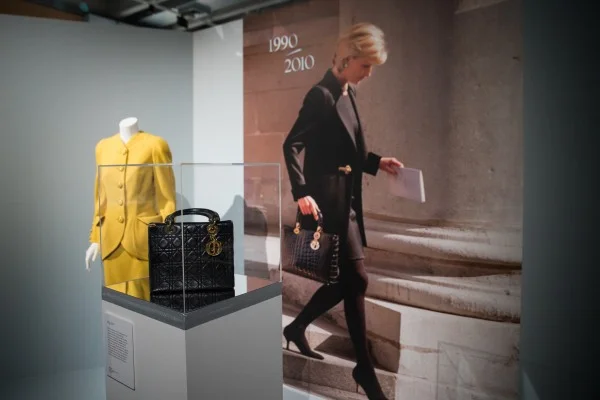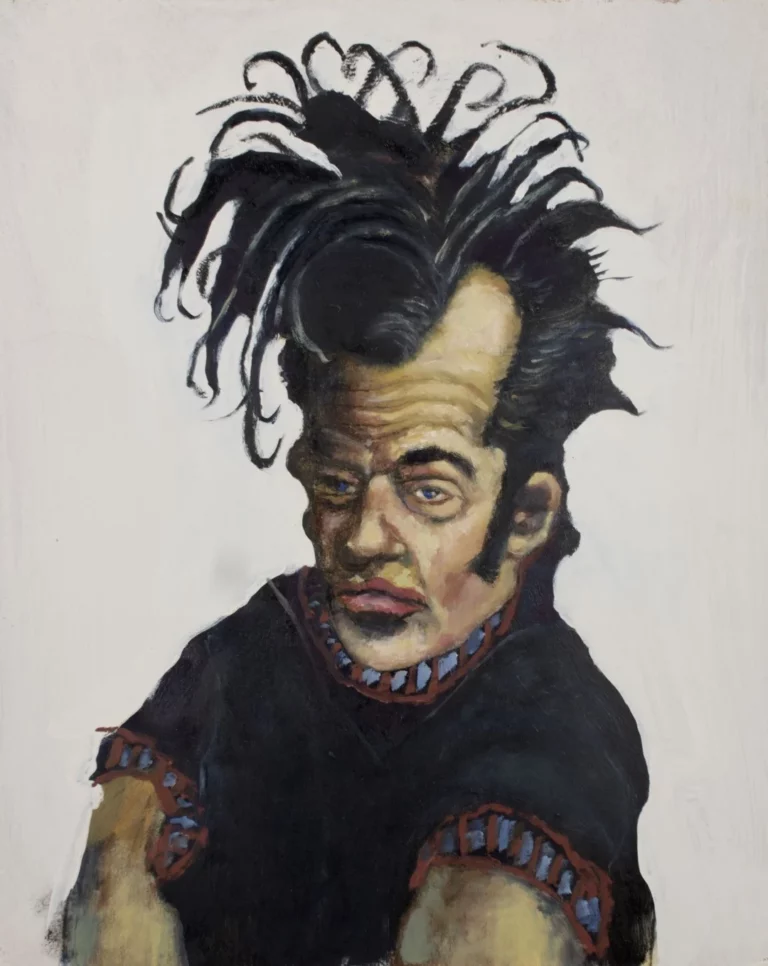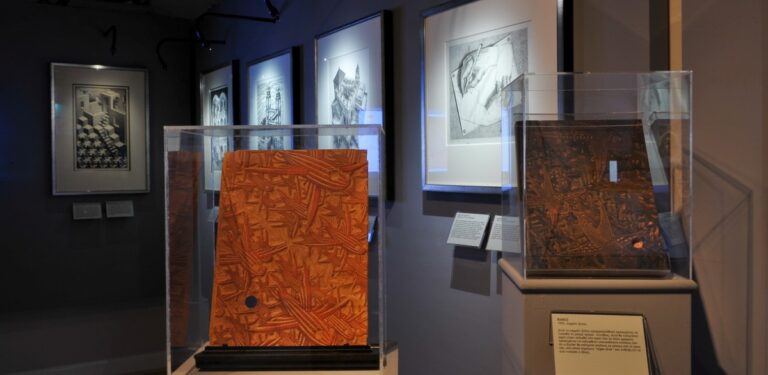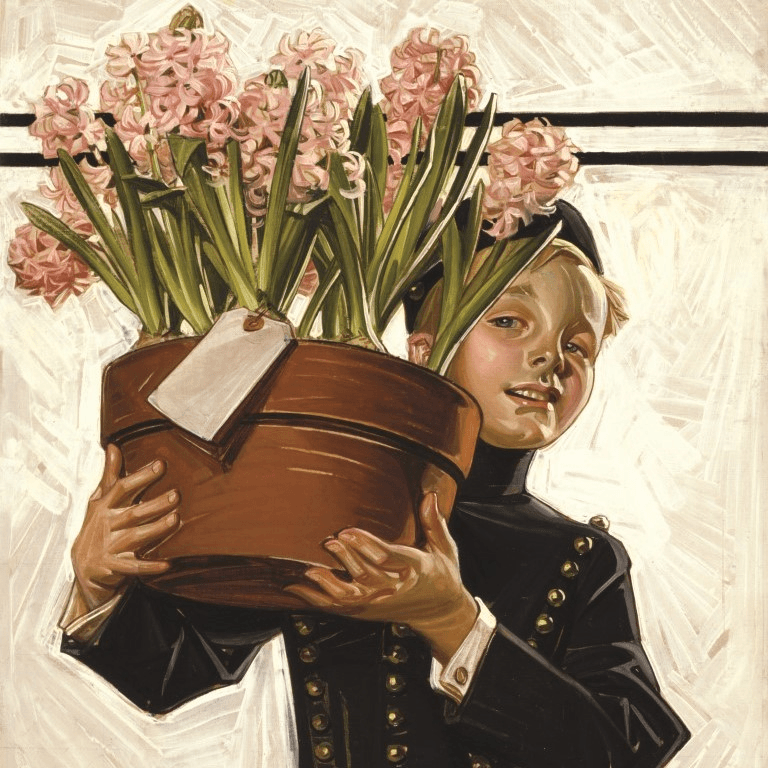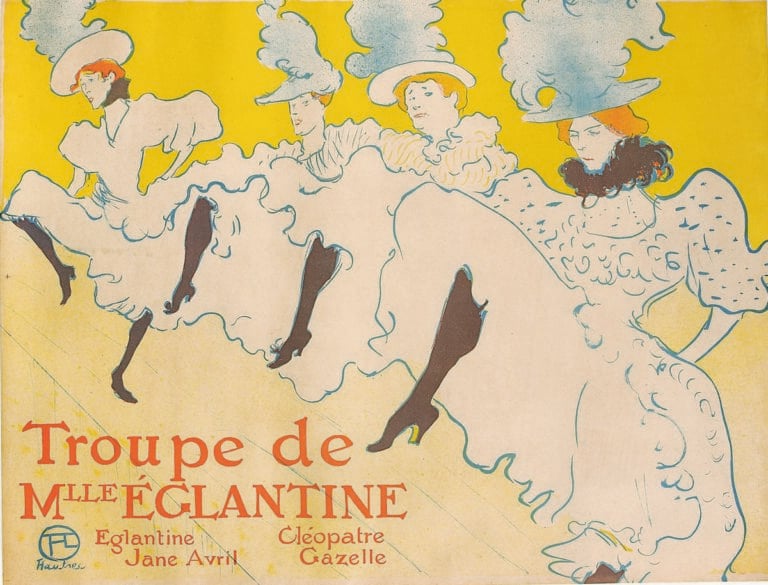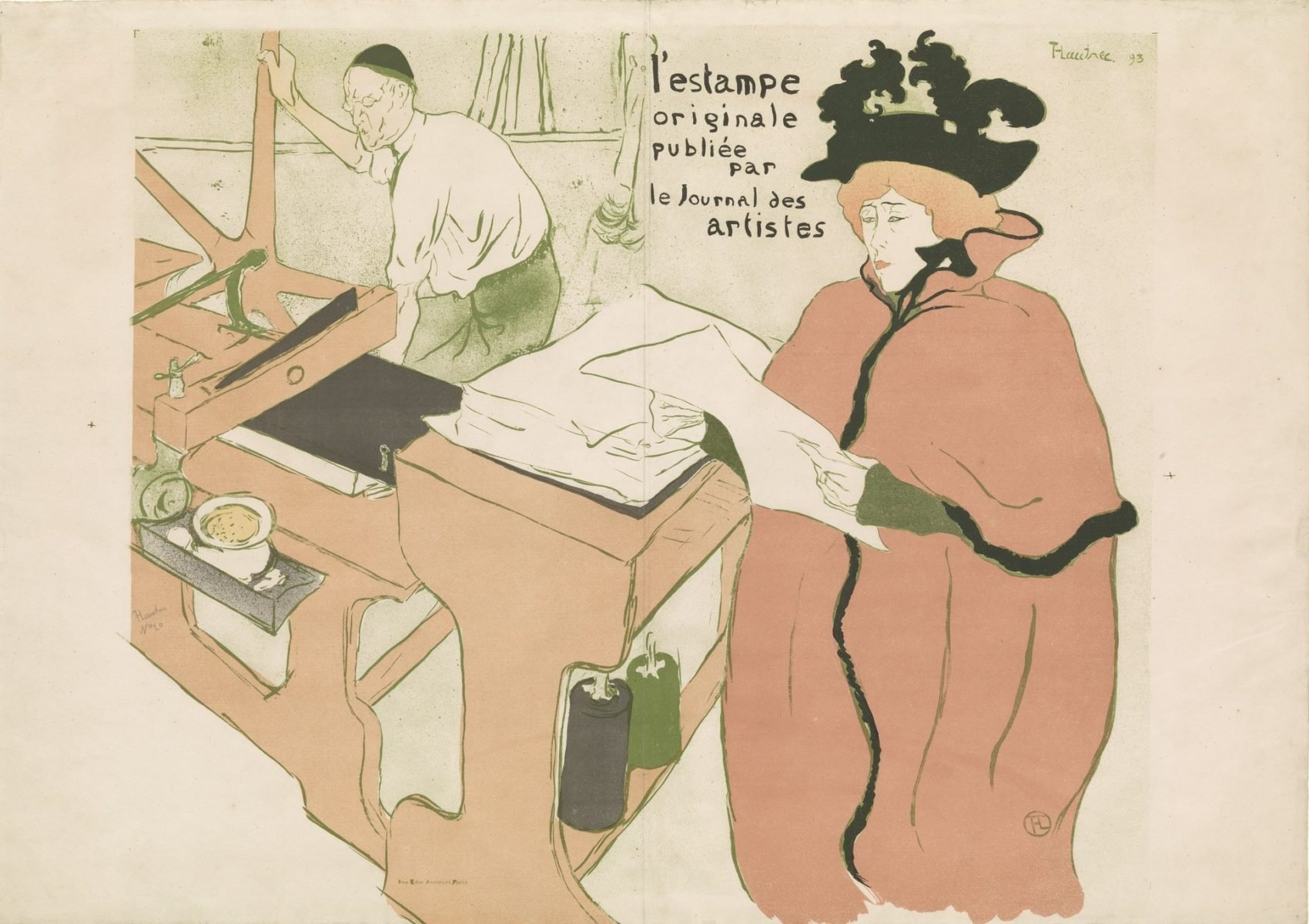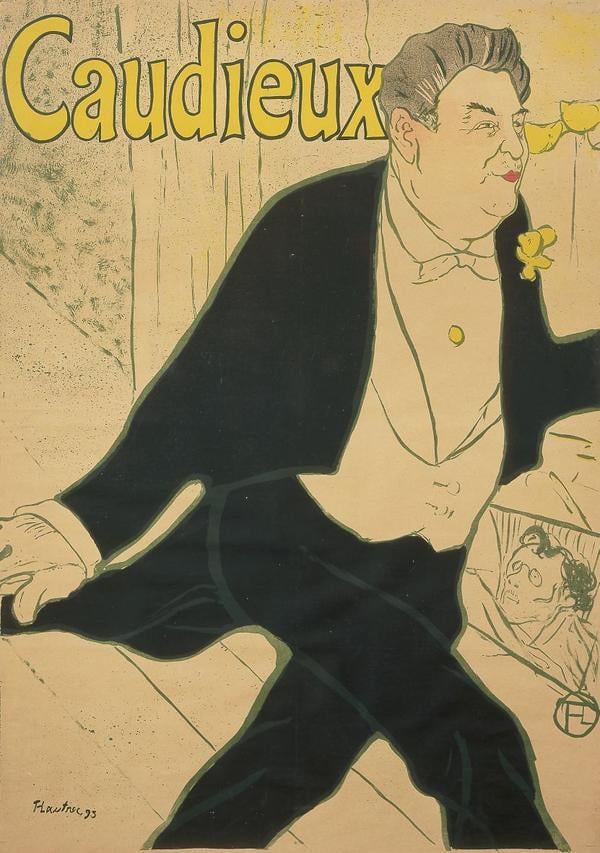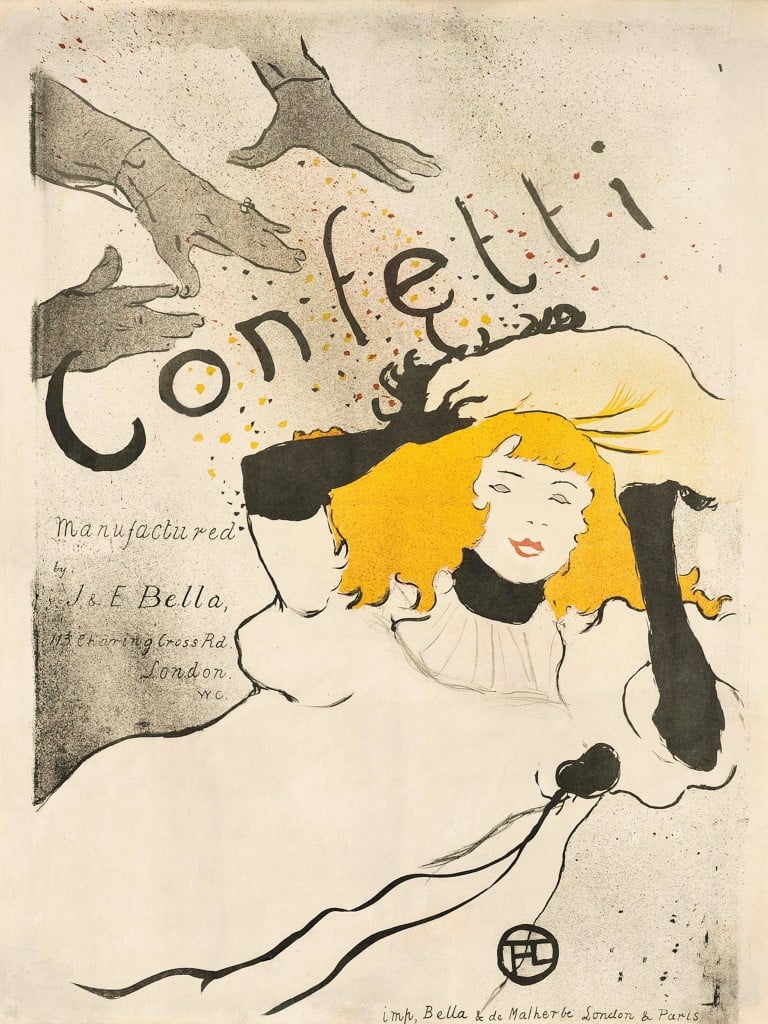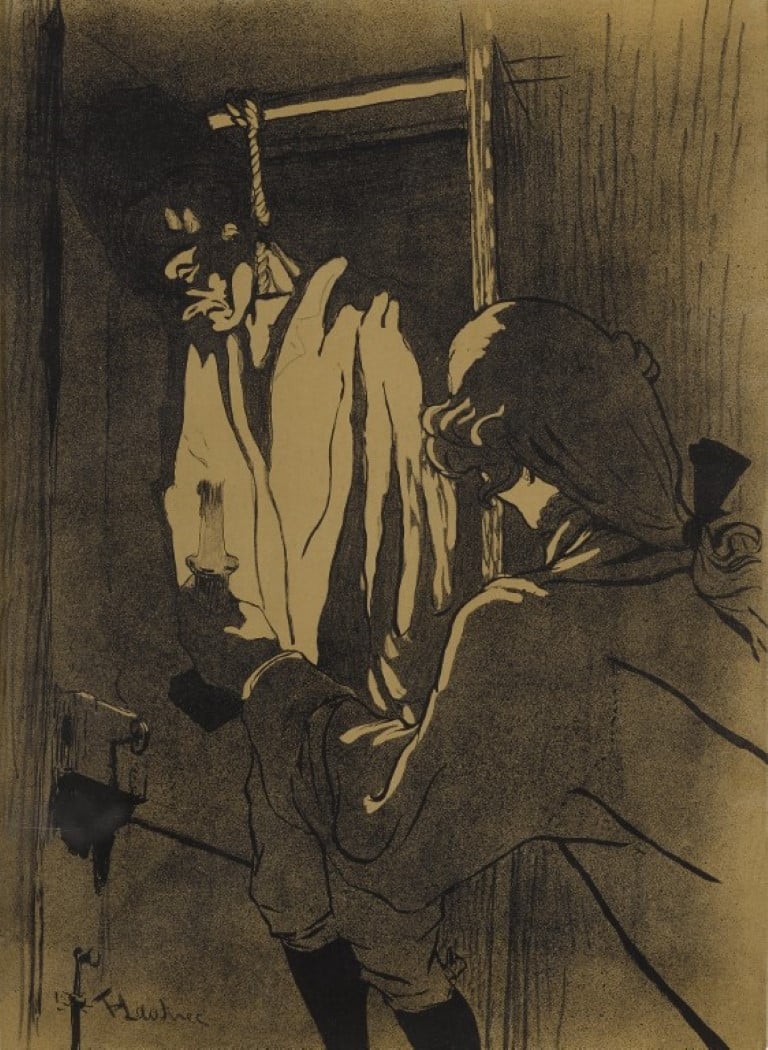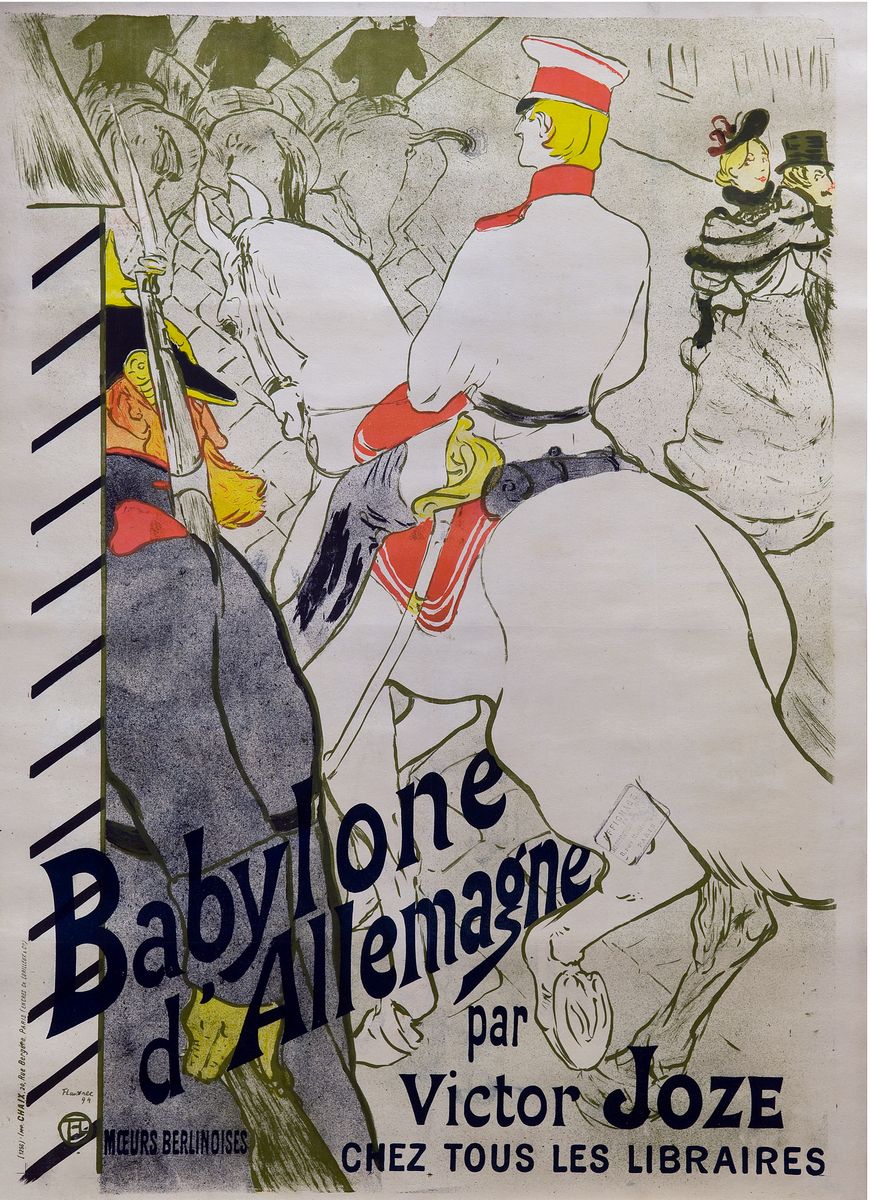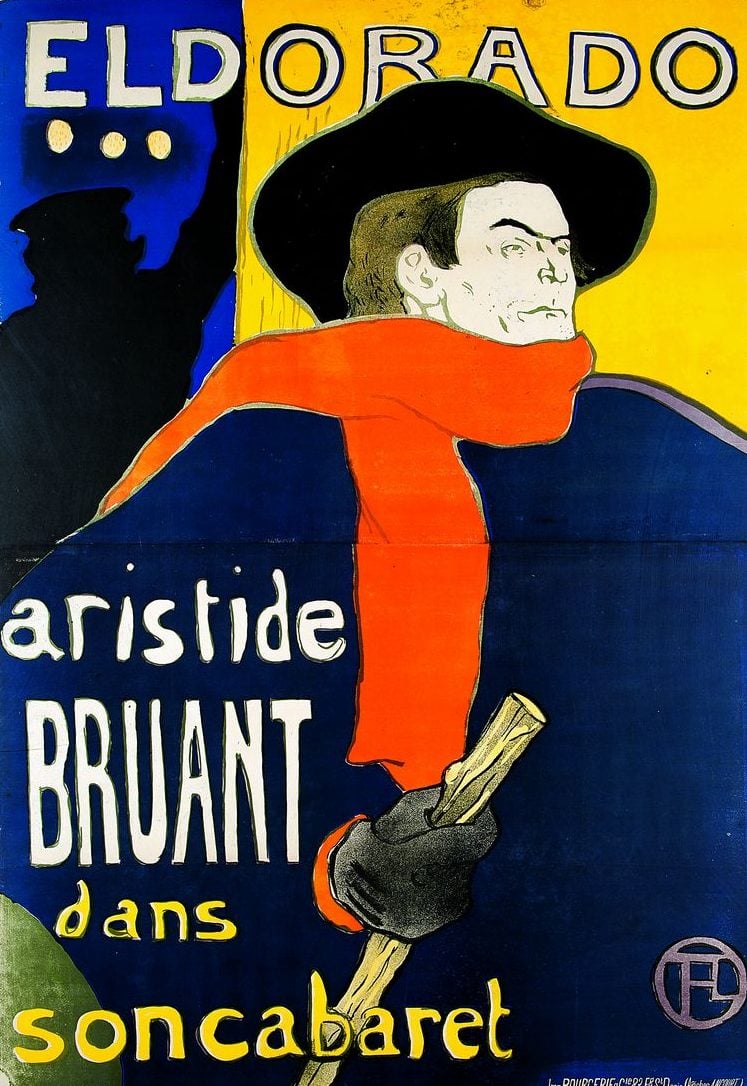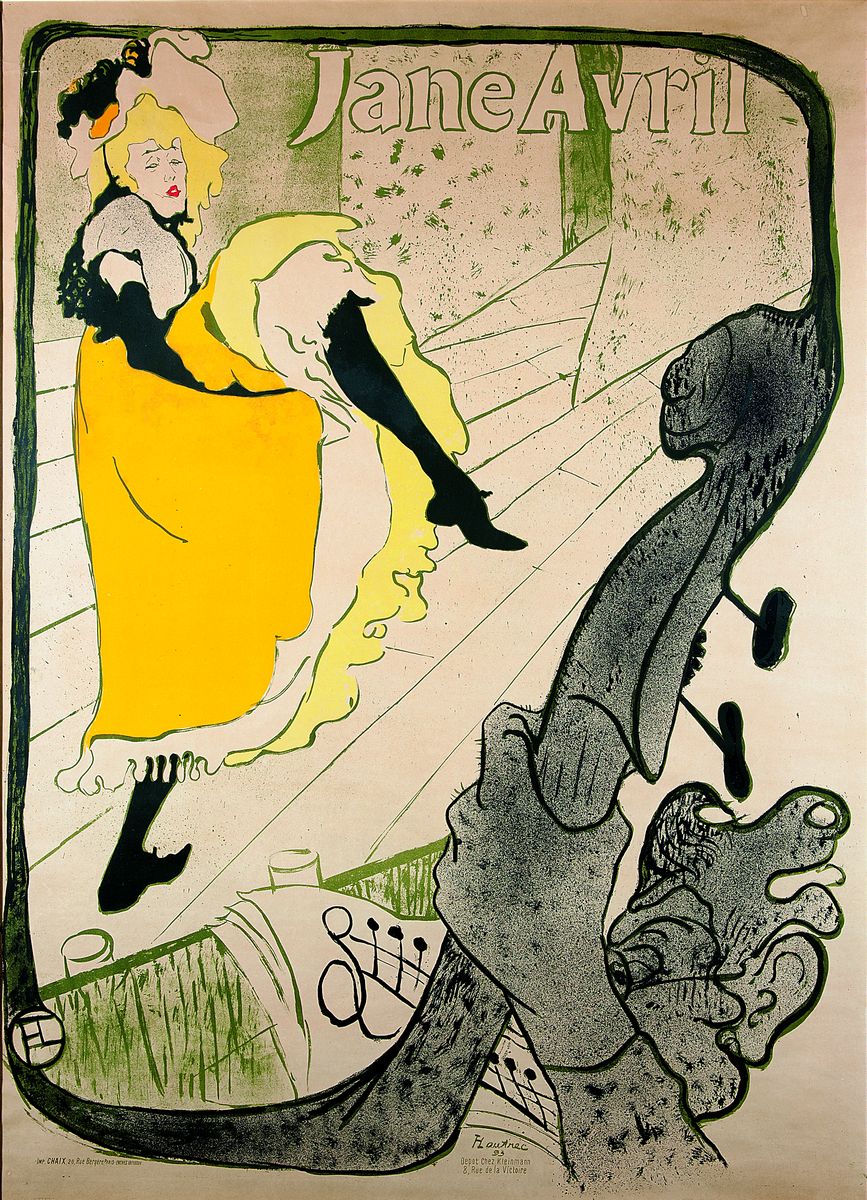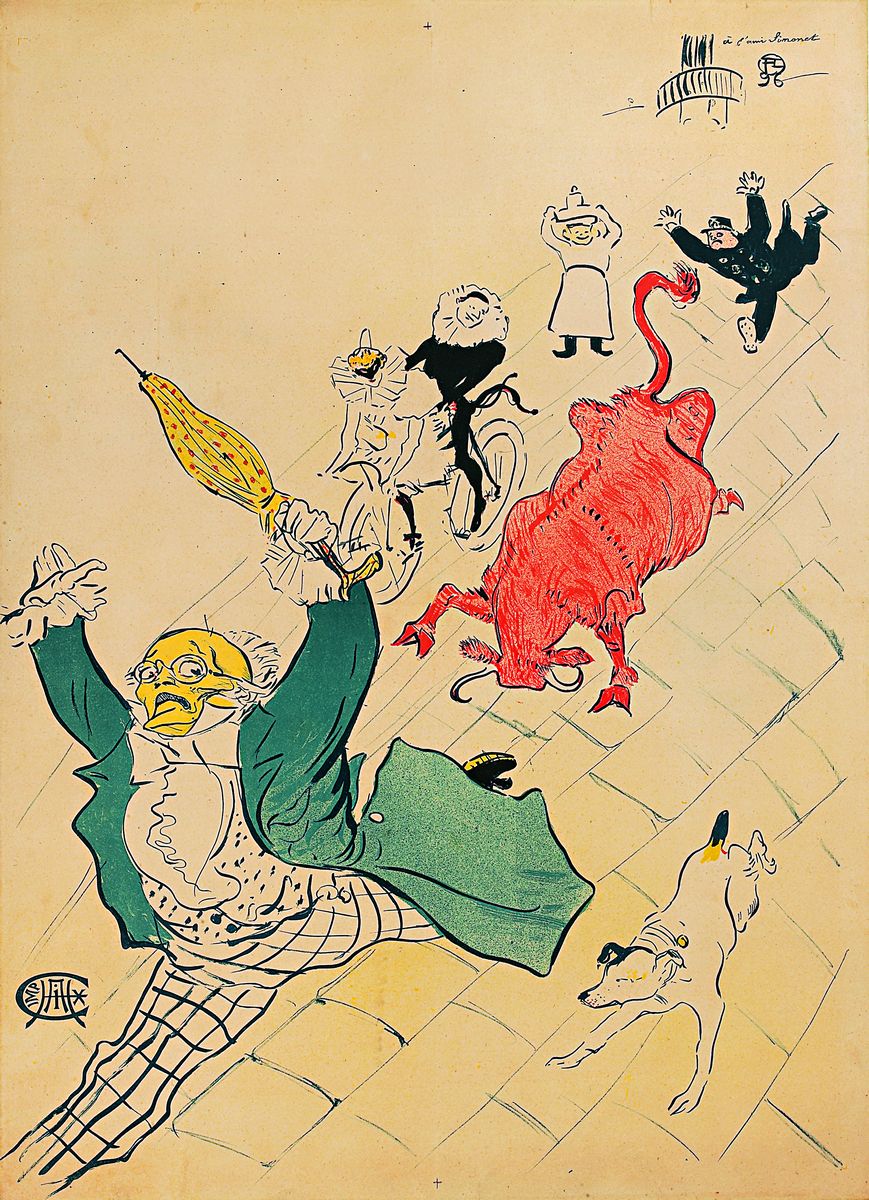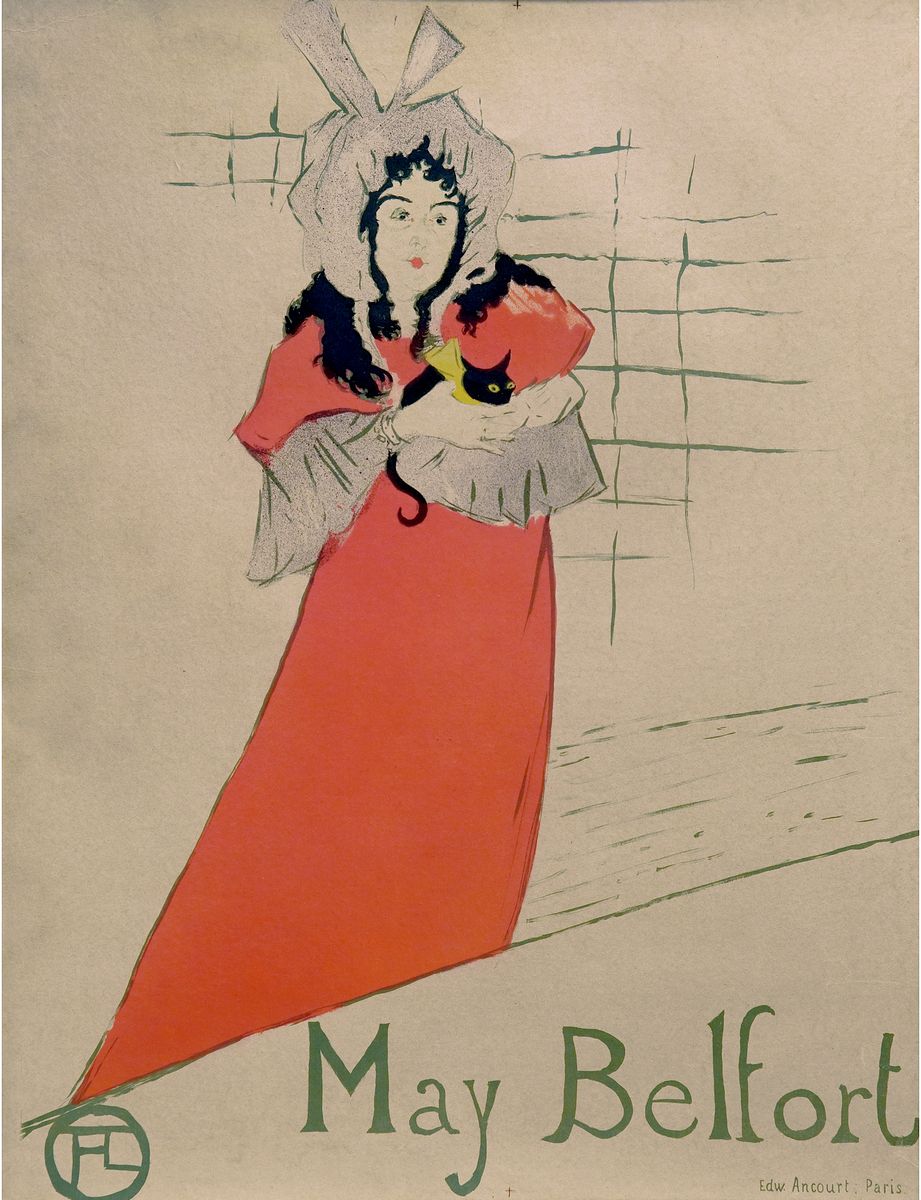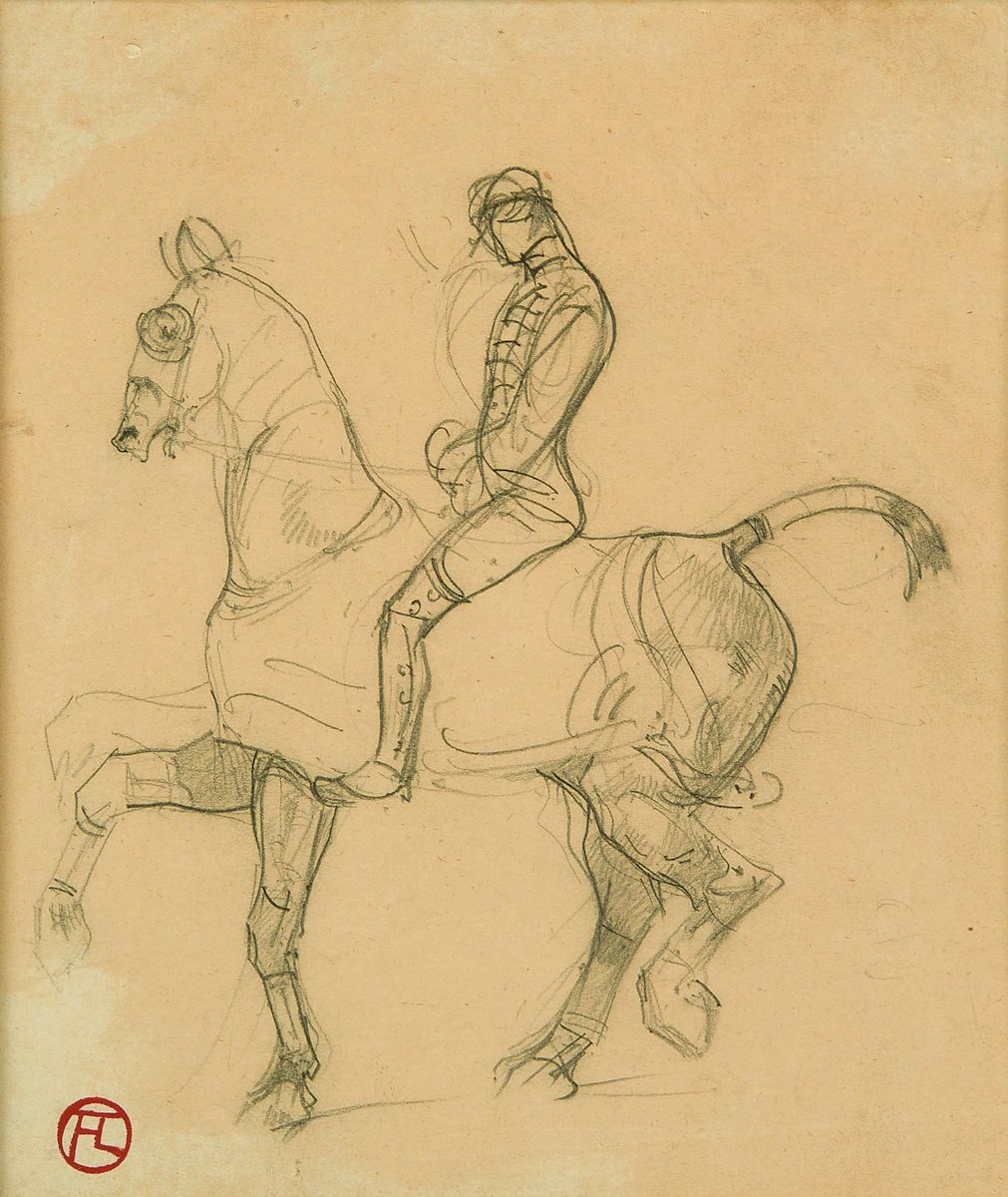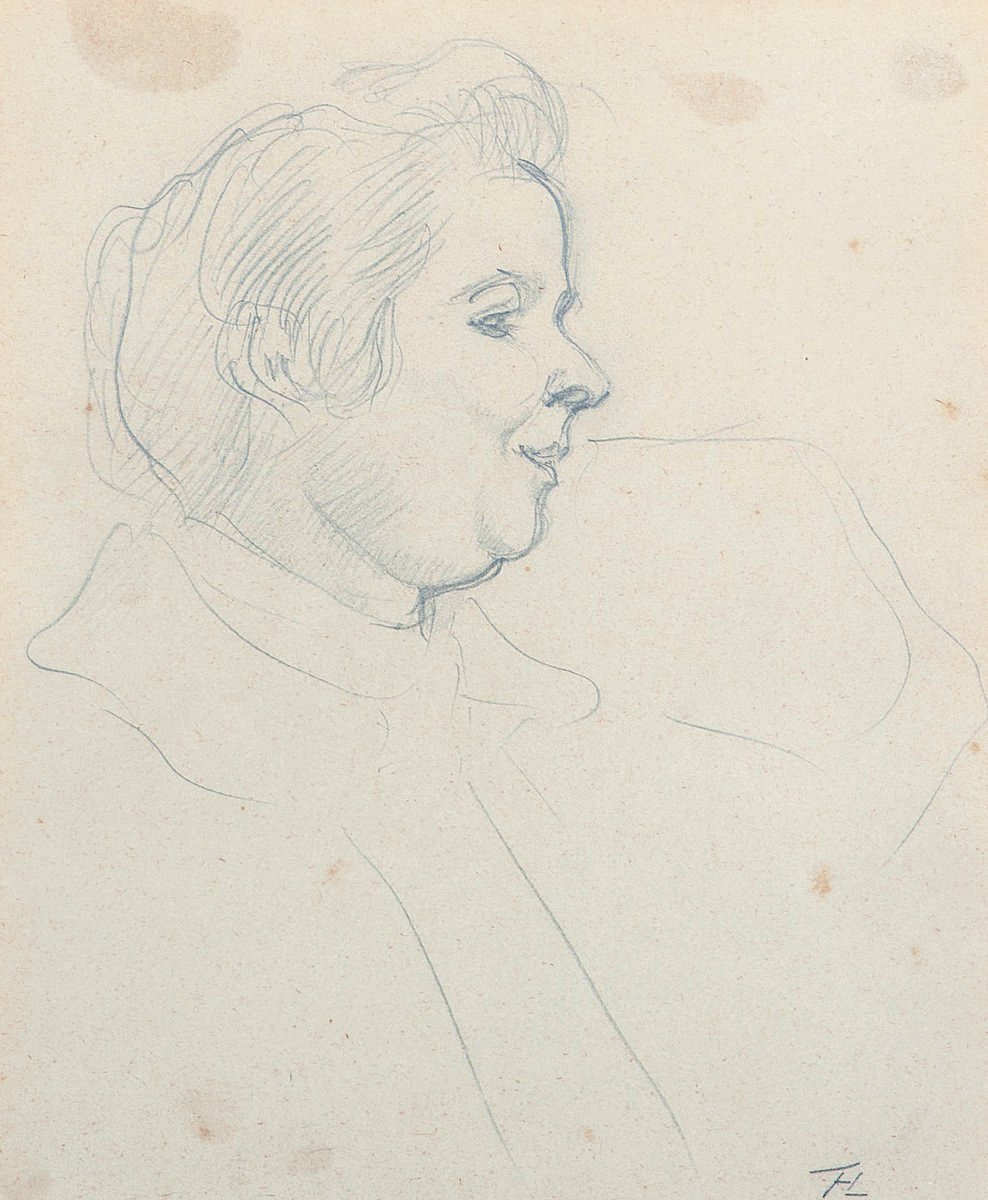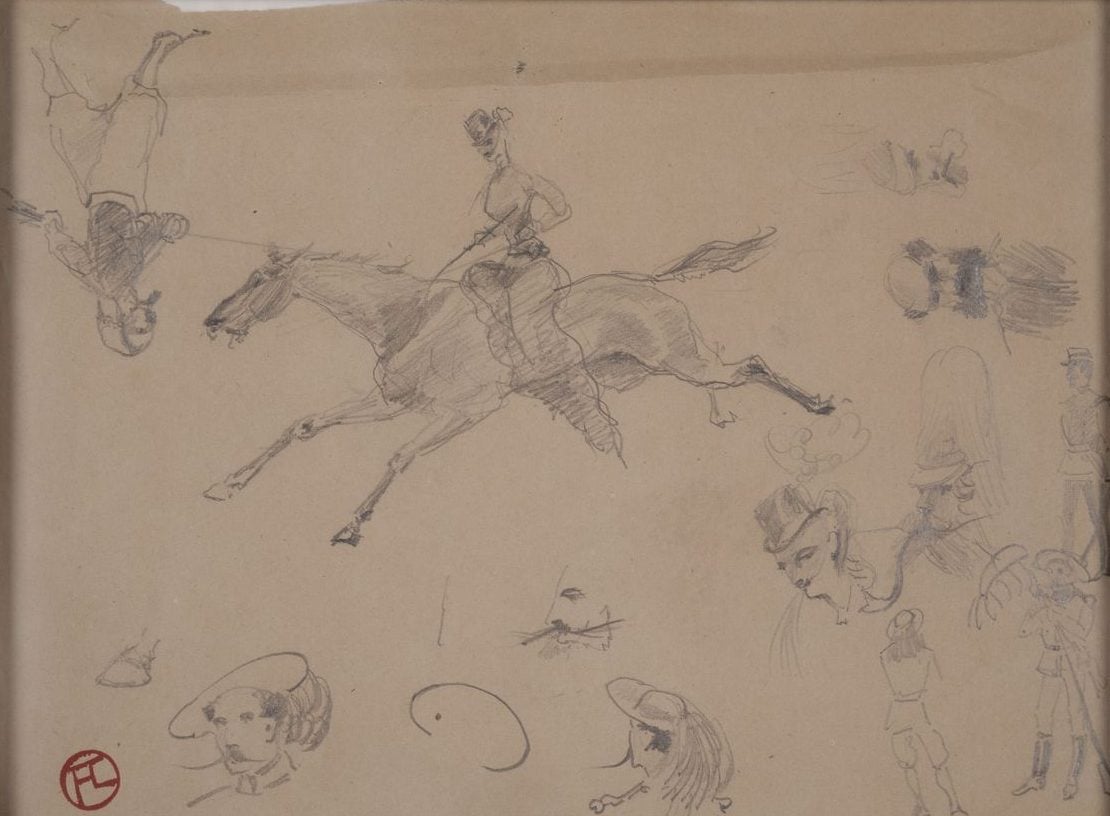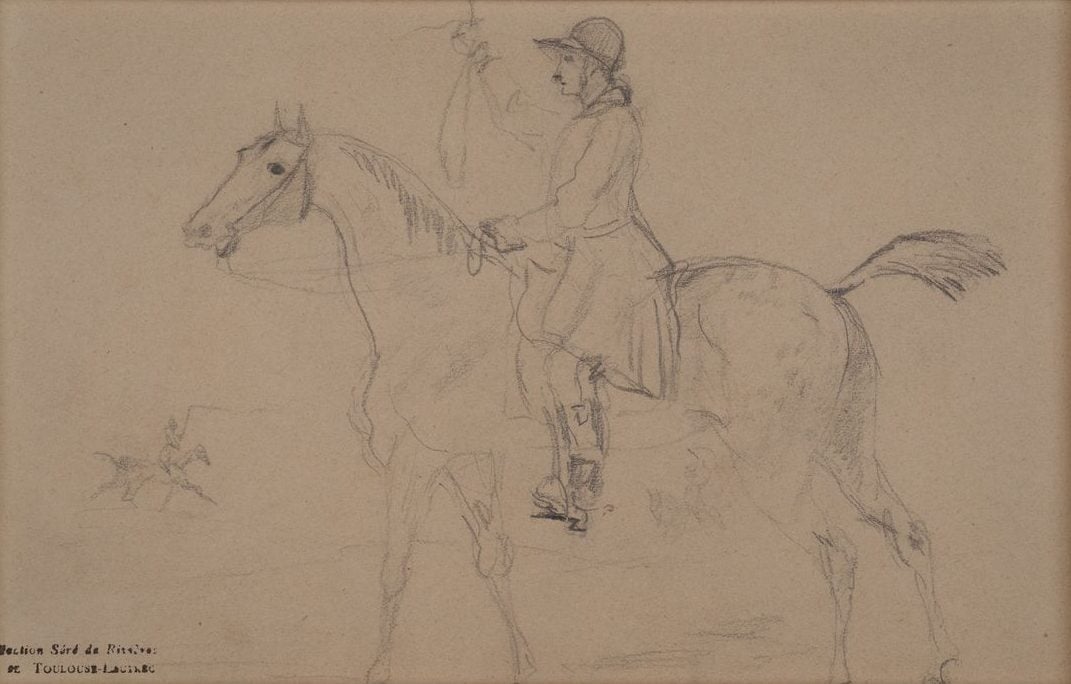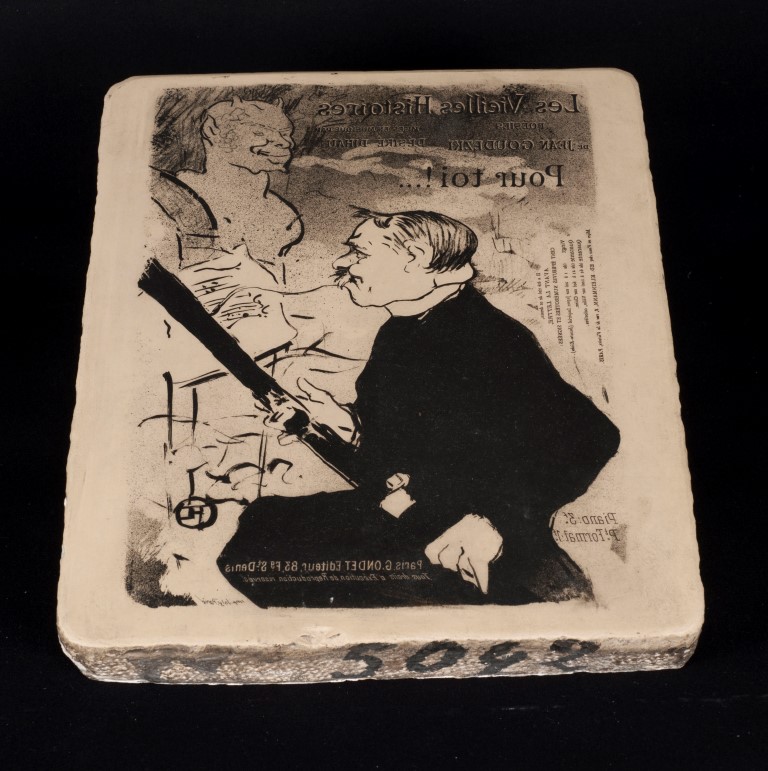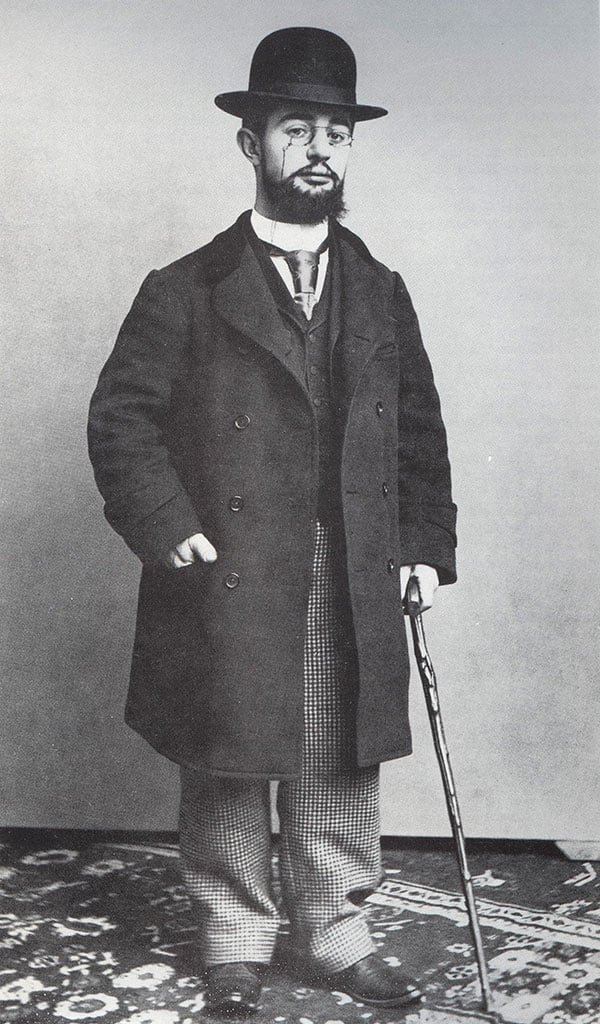Henri de Toulouse-Lautrec
Toulouse-Lautrec is recognized around the world as an important Post-Impressionist painter, illustrator and lithographer. He is best known for his works depicting scenes from cabarets, theaters, dance halls, and brothels of late 19th century bohemian Paris. These were themes that the artist lived, beginning in 1885 when he moved to Montmartre and immersed himself in its nightlife.
Toulouse-Lautrec wanted to show life as it is, not as it should be, but this objectivity was not without empathy or humor. His interest lay in portraying people, not only those he met during his nights on the town, but also his friends and the working-class citizens of Paris. He was a hard-working artist, producing an enormous body of work in a wide range of media.
Lautrec made 30 advertising posters in his lifetime, but also illustrated theater programs, book covers, menus, invitations, and sheet music. His expressive use of line found the perfect medium in lithography. He never made a distinction between commercial and fine art.
